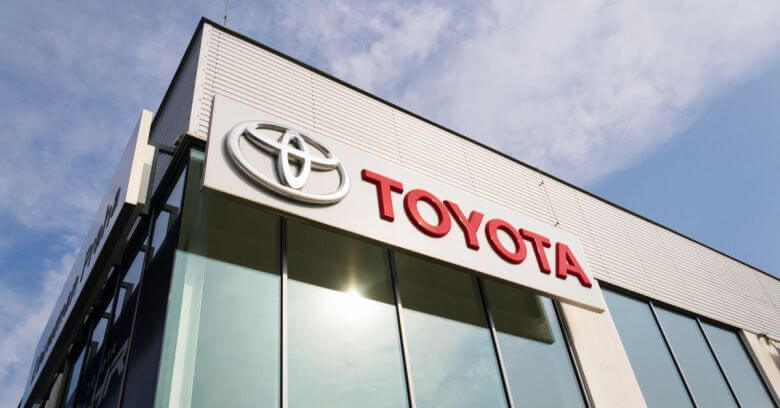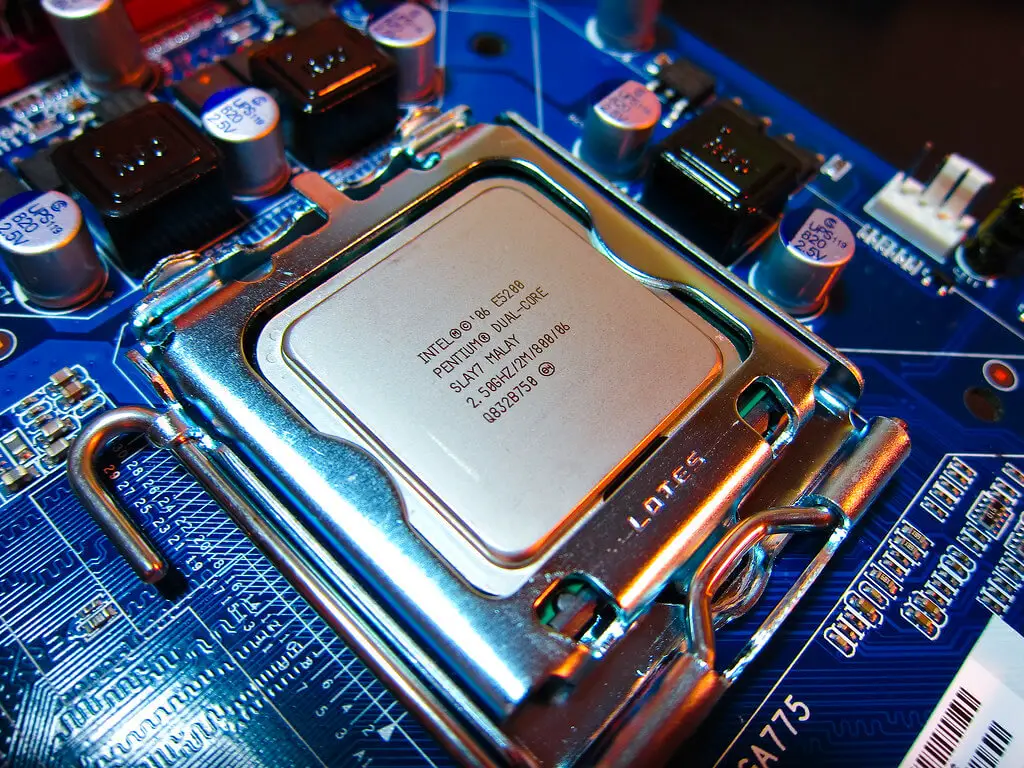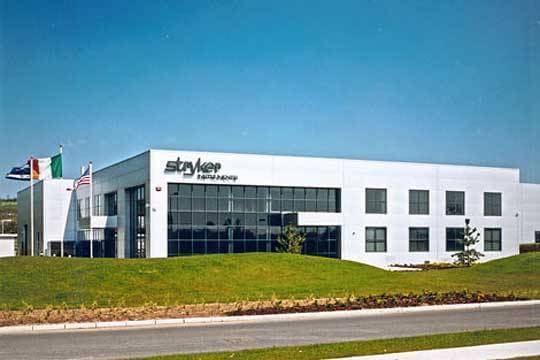Boeing Mission and Vision Statement Analysis

Boeing’s mission statement is “People working together as a global enterprise for aerospace industry leadership.” The mission statement reveals a very critical element of this company. It shows that Boeing is not all about the production of mechanical products – in any case, the company values the creation of long-lasting links amongst the people and stakeholders it comes in contact with. Various components emerge from this mission statement.
- Improving people lives
- Global reach
- High-quality products
- People empowerment
Boeing has shown its continued commitment to meeting key elements related to its mission statement. For instance, the first component underscores the consistency the company has demonstrated when it comes to the improvement of the lives of the people. Boeing has done this through various initiatives that are a reflection of the company’s trueness to its social responsibilities. While doing so, the company has not limited its operations and benefits within a region, it has constantly been expanding its reach across the globe. In fact, its impact is now felt in almost every part of the world today. While emphasizing on its responsibilities to the society and the environment, Boeing has also taken advantage of this growth to take its manufacturing status to another level globally. Its global focus shows how the company has been rapidly growing its influence and creating new connections out there. The fruition of these two components of Boeing’s mission statement comes down to the breakthroughs associated with the third component of this statement. The company realizes that offering its customers quality parts and products comes second to no other, and this explains its determination and massive investments in its innovation department to ensure it remains within its standards of being the yardstick of what quality entails in the aerospace market. The last element of this mission statement speaks volumes of the primary intention of Boeing. It essentially points to the main purpose of the company, which is to direct all its efforts towards empowering people to conquer the world in all its operations. This explains why working together with people is such a central need the company emphasizes on.
Introduction
Boeing has established and emphasized its dominance in the design and production of aerospace products including missiles, aircraft, and spacecraft, thanks to its strong mission and vision statements. The company has distinguished itself as a leading and trustable manufacturer of products that supports the aviation industry in the modern era as evidenced by the wide usage of its productions.
In fact, it has secured itself a loyal market audience due to the high quality of the products it offers the industry ever since its foundation by William Boeing in 1916. Boeing owes much of its past and present success to its well-crafted mission and vision statements that keep the entire team focused to achieve the primary goals of the company. Even some Boeing competitors were inspired by the company’s mission and vision statementsюIn most cases, a company’s corporate vision statement sets the ambitions the business wants to achieve in the future. In the case of Boeing, its vision statement positions the firm as a dependable leader that seeks to take its clients through any challenges that may emerge.
It, therefore, emphasizes its go-getter attitude. The corporate mission statement of a company is closely related to this. Often, it provides the strategic tactics the management team seeks to exploit to achieve the vision of that particular firm. In the case of Boeing, its mission statement zeros on the techniques of pooling and incorporating all its stakeholders to be part and parcel of its future success.
In this way, the company recognizes the power that lies in everyone it interacts within its line of operations. And, largely, this works best for Boeing due to its core values that guide the interrelationship of all the players within the firm. In fact, these go a long way in the ease with which the company mission and vision statements also work together.
| NAME | The Boeing Company |
| FOUNDED | 1916 |
| HEADQUARTERS | Chicago, Illinois |
| SIC CODE | 8741 |
| STATUS | Public Independent Company of NYSE |
| INDUSTRY SECTOR | Aerospace and Defense |
| EMPLOYEES | 153,000 |
| TRADING SYMBOL | NASDAQ: BSBA |
Vision Statement
Boeing’s vision statement is “designed to inspire and focus all employees on a shared future and to reaffirm that, together, we can meet the challenges that lie ahead.” The central focus of this vision statement is the role that Boeing as an entity plays in influencing its workforce. It identifies its leadership and inspirational potential to lead them towards a conquering future. The following components can be derived from this vision statement.
- Inspiring the world
- Promoting innovations
- Connecting people
In the first component of this vision statement, Boeing echoes its influence on the world through its aerospace productions. The company has been on the front foot in ensuring it satisfies all the demands of these elements. For instance, it has exerted continued efforts to leave an impact in virtually all related areas by expanding its services to meet most of the commercial and government needs through its products as shown in its services page. The second component significantly contributes to the advancements of the first one because it is essentially the cogs that run the ability of Boeing to provide these services. By prioritizing on innovations, the company has seen itself grow over the decades into one of the most inspiring establishments of all time. In fact, its innovation segment speaks volumes of how critical this element is to drive the company to its future position. Together, these first two elements directly enable Boeing to satisfy the needs of the last one – exploiting the attitude and innovations to create a unified working environment and improving the accessibility of all places across the world.
Core Values
Boeing core values include “Integrity, quality, safety, diversity & inclusion, trust & respect, corporate citizenship, and stakeholder success.” They define the basic principles that have seen the company progress towards both its mission and vision statements.
All these components interrelate and drive towards a common goal –seeing Boeing’s objectives and goals come to fruition. That is why the first one emphasizes running operations the right way while remaining within the standards and guidelines as enshrined in the second and third components of these values. Boeing understands the power of working together in a harmonious and respectable environment as guided by the fourth, fifth and six core values. Finally, the last one echoes the need to ensure it brings out the best in everyone involved in its operations.
References
- Boeing- Our Company.
- Gopalakrishnan, K., Yusuf, Y. Y., Musa, A., Abubakar, T., & Ambursa, H. M. (2012). Sustainable supply chain management: A case study of British Aerospace (BAe) Systems. International Journal of Production Economics, 140(1), 193-203.
- Jones, P., & Kahaner, L. (2011). Say it and live it: The 50 corporate mission statements that hit the mark. Crown Business.
- Aleina, S. C., Viola, N., Stesina, F., Viscio, M. A., & Ferraris, S. (2016). Reusable space tug concept and mission. Acta Astronautica, 128, 21-32.
- Wu, M. S. (2014). Design for affordability in defense and aerospace systems using tradespace-based methods (Doctoral dissertation, Massachusetts Institute of Technology, Department of Aeronautics and Astronautics).
- Dede, G., & Akçay, M. (2016). Technology foresight in practice: A proposal for Turkish space vision. Space Policy, 35, 1-5.
- Course, C. O. B. CAP Vision and Mission.
- Bertrand, J., Sparrow, T., & Jagdeep, S. Torque Accuracy in Aerospace Manufacturing.
- McCain, B. M. (2010). The relationship between perceived leadership practices and organizational culture within the aerospace industry.
- Nold III, H. A. (2011). Relationship between organizational cultural enablers of knowledge creation and firm performance (Doctoral dissertation, University of Phoenix).
- Tjørhom, B. B. (2010). Risk governance within aviation. Risk Management, 12(4), 256-284.
- Veach, M. (2012). Strategic Plan for Utilizing Low Cost Engineering Resources at Generic Aerospace.
- Rebolledo, C., & Nollet, J. (2011). Learning from suppliers in the aerospace industry. International Journal of Production Economics, 129(2), 328-337.
- Reinhart, G., & Schindler, S. (2010). A strategic evaluation approach for defining the maturity of manufacturing technologies. World Academy of Science, Engineering and Technology, 4(11), 633-638.
- Antar, M. T., Soo, S. L., Aspinwall, D. K., Jones, D., & Perez, R. (2011). Productivity and workpiece surface integrity when WEDM aerospace alloys using coated wires. Procedia Engineering, 19, 3-8.
- Eres, M. H., Bertoni, M., Kossmann, M., & Scanlan, J. (2014). Mapping customer needs to engineering characteristics: an aerospace perspective for conceptual design. Journal of Engineering Design, 25(1-3), 64-87.
- Smith, M. W., Miller, D. W., & Seager, S. (2011, September). Enhancing undergraduate education in aerospace engineering and planetary sciences at MIT through the development of a CubeSat mission. In UV/Optical/IR Space Telescopes and Instruments: Innovative Technologies and Concepts V (Vol. 8146, p. 81460S). International Society for Optics and Photonics.











